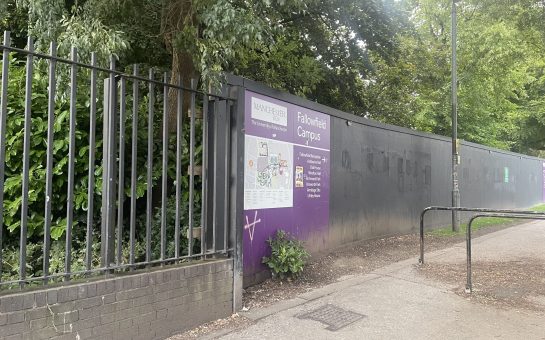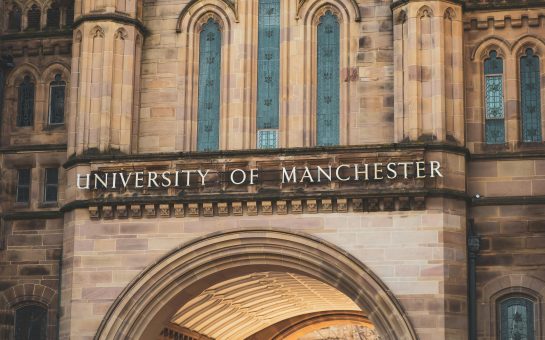Manchester’s Dr Michael Buckley and his team of scientists have developed a new technique which could advance our understanding of human evolution dramatically.
ZooArchaeology by Mass Spectromey (ZooMS) is used to match collagen barcode sequences of protein found in bones to identify the species.
The collagen fingerprinting technique can identify human DNA amongst tiny fossilised bones, which is how the team were able to identify a new ‘Archaic’ human species, the Denisovans.
Student Sam Brown of the University of Oxford said: “When the ZooMS results showed that there was a human fingerprint among the bones I was extremely excited.
“After a lot of hard work, finding this tiny bone which yields so much information about our human past was just fantastic.”
ZooMS now allows tiny fragments of bones too be successfully analysed for DNA extraction, however, The University of Manchester alone has over 2000 samples.
According to Professor Thomas Higman of The University of Oxford, the cost of testing this many samples is staggeringly high.
He said: “Hopefully the price will come down and make it more affordable, but at the moment it is limiting what we can do and we need to get funding.”
For now, the team are hoping to be backed by the European Research Council who can provide millions of pounds of funding for large projects.
The money will enable the team to yield genetic information which could provide an insight into several different types of sub-species of humans who lived over 40,000 years ago.
Professor Higman said: “This is a very exciting moment and has made us look now at other possible sites where we might find human bones. We hope to find more!”
Image courtesy of Ian Barbour via Flickr, with thanks.



